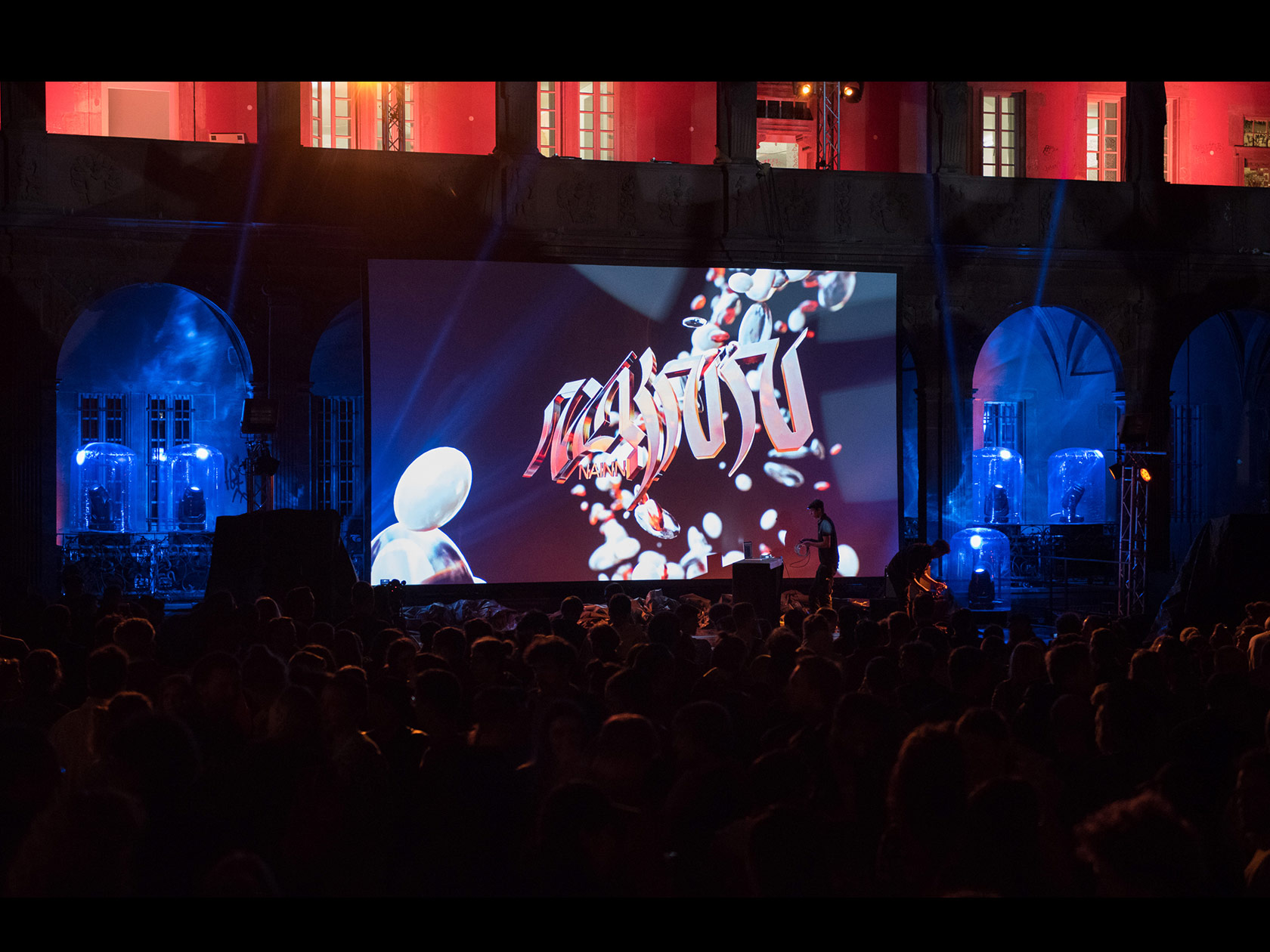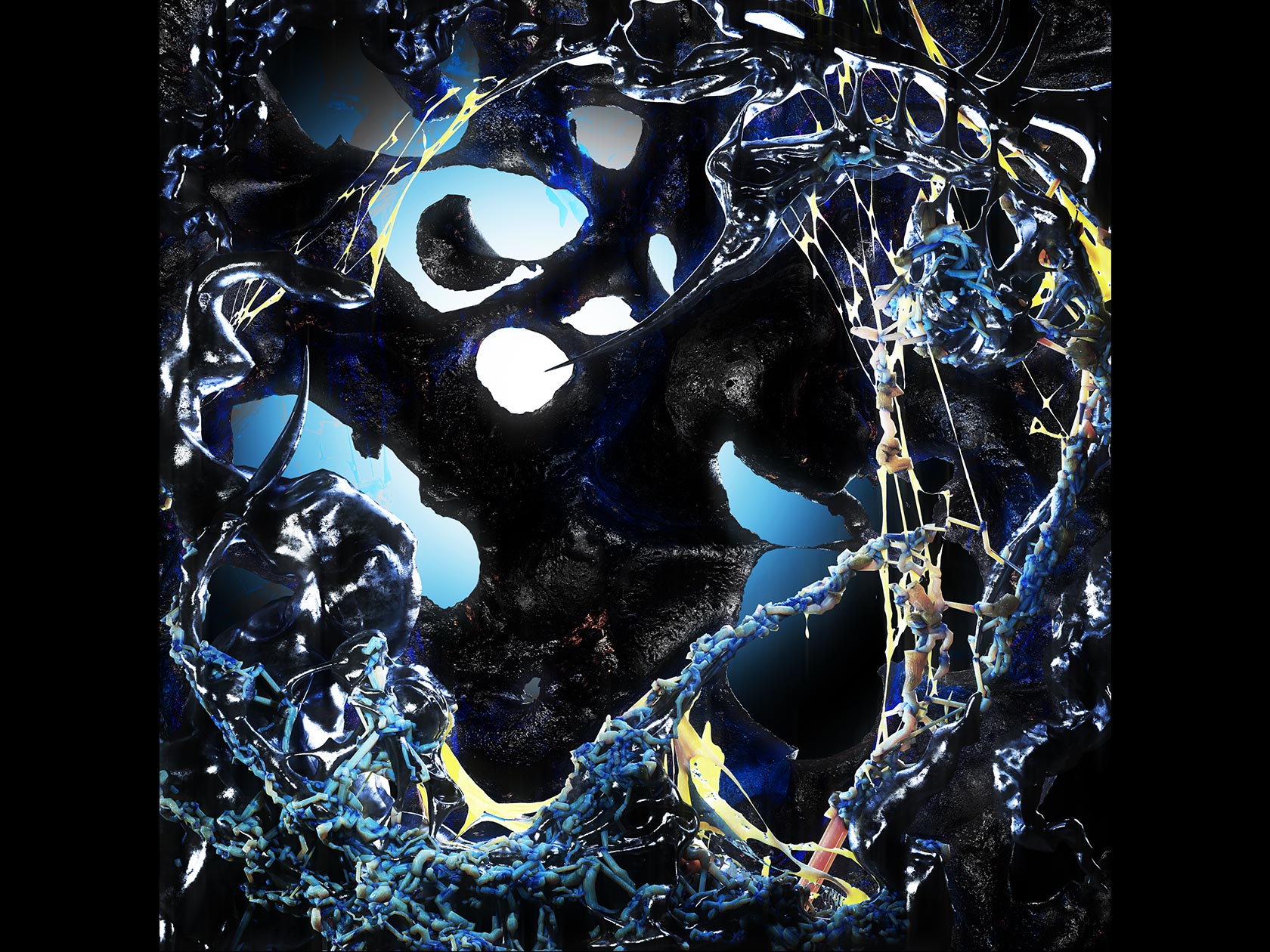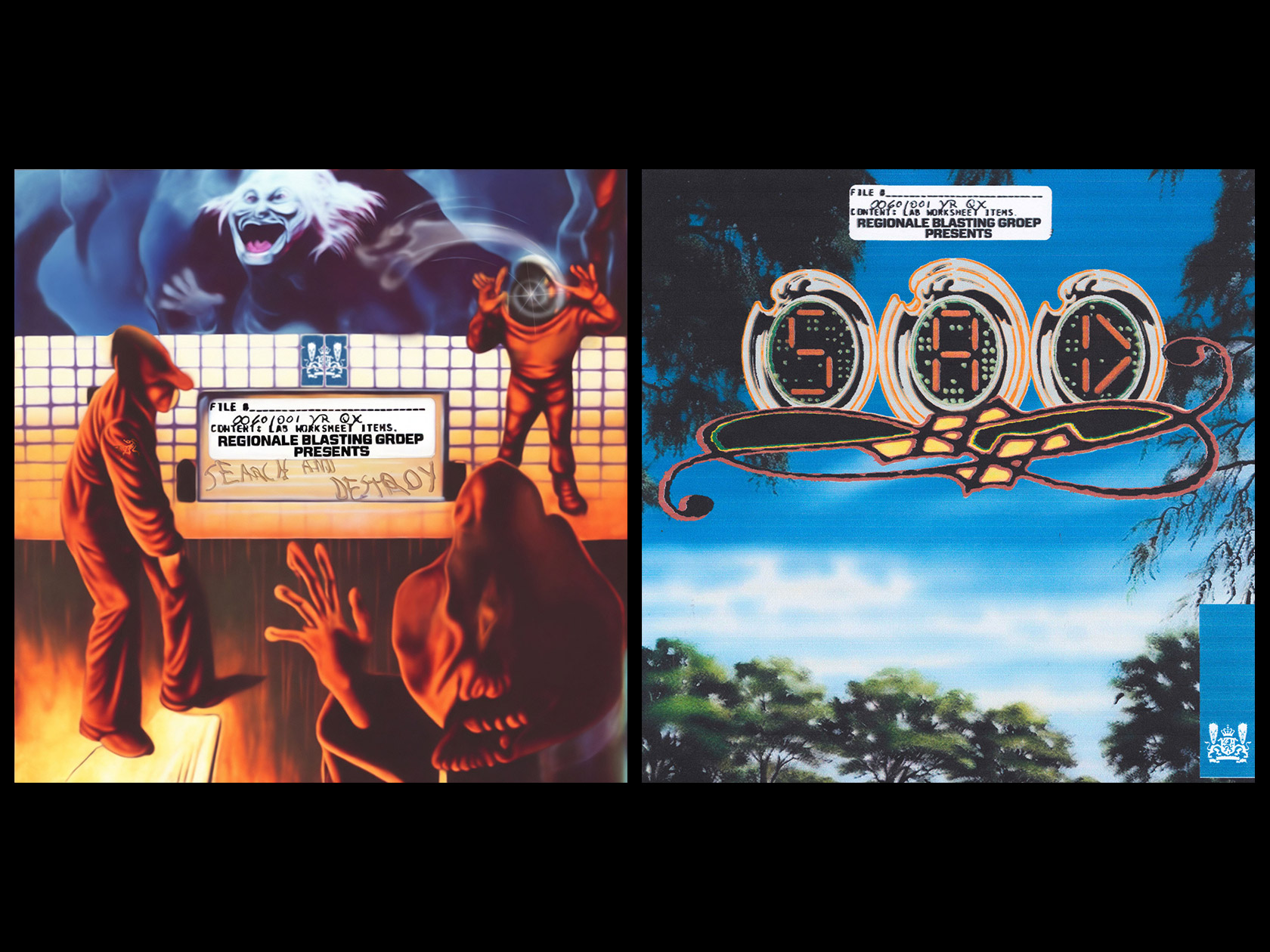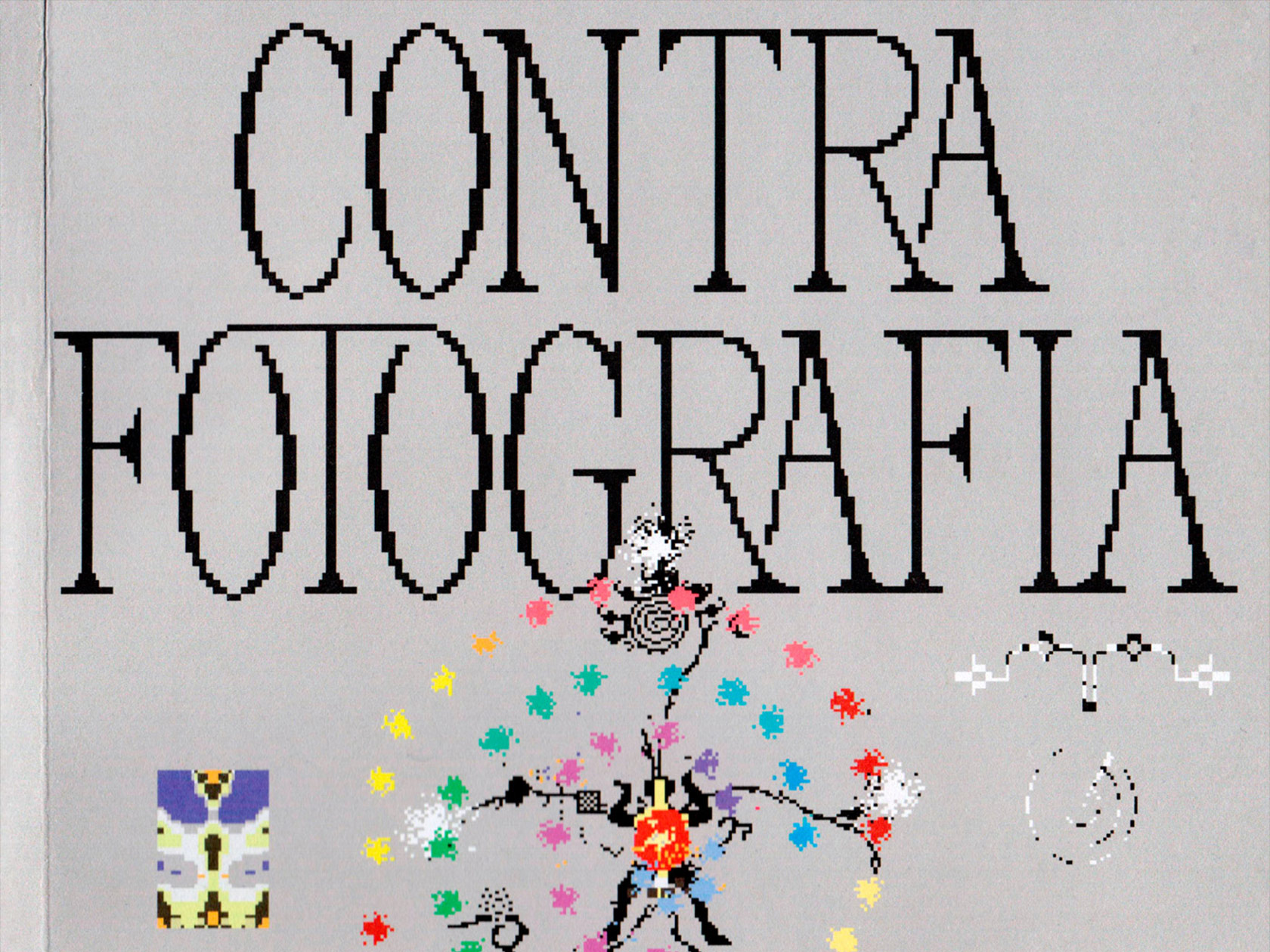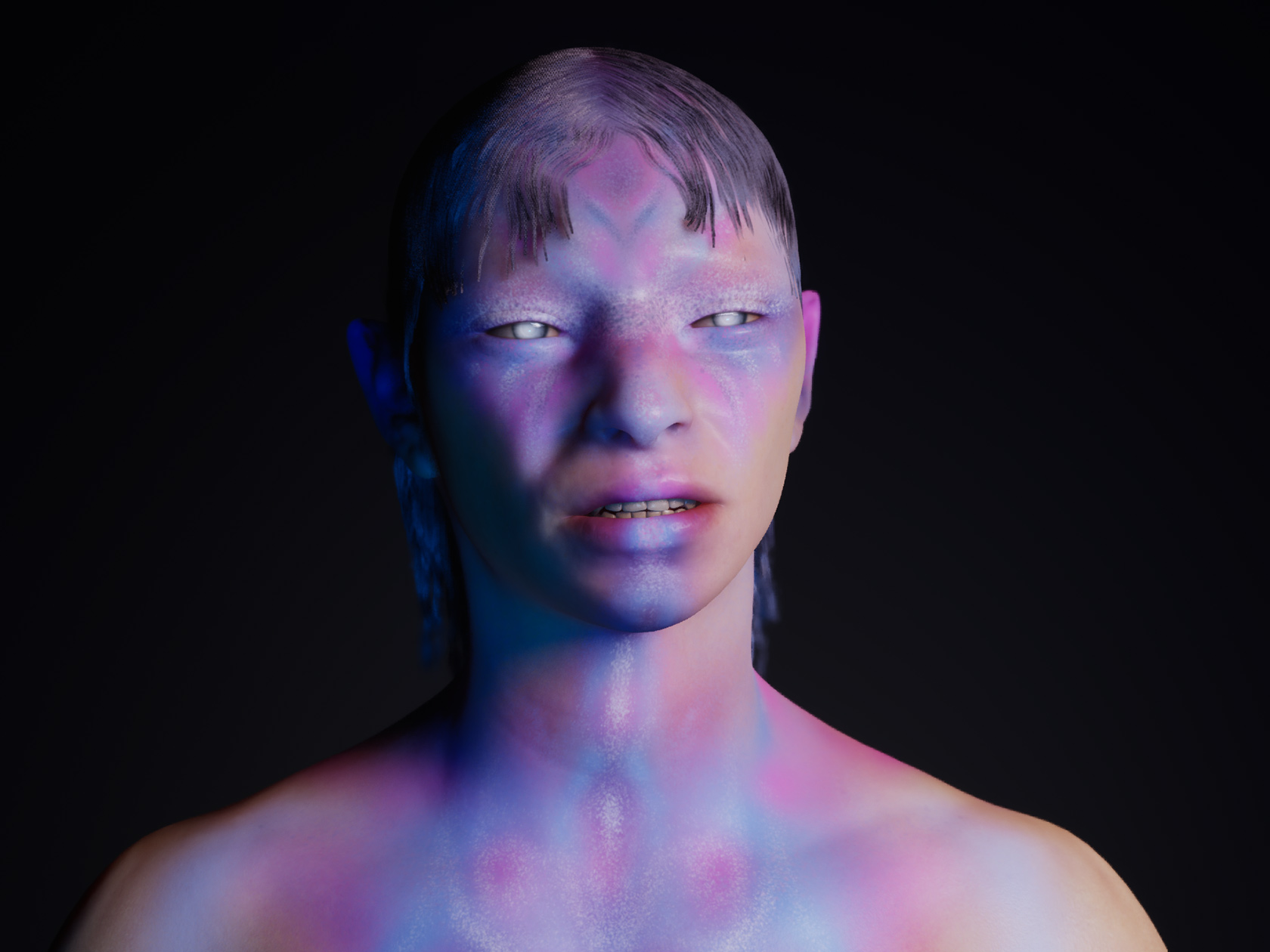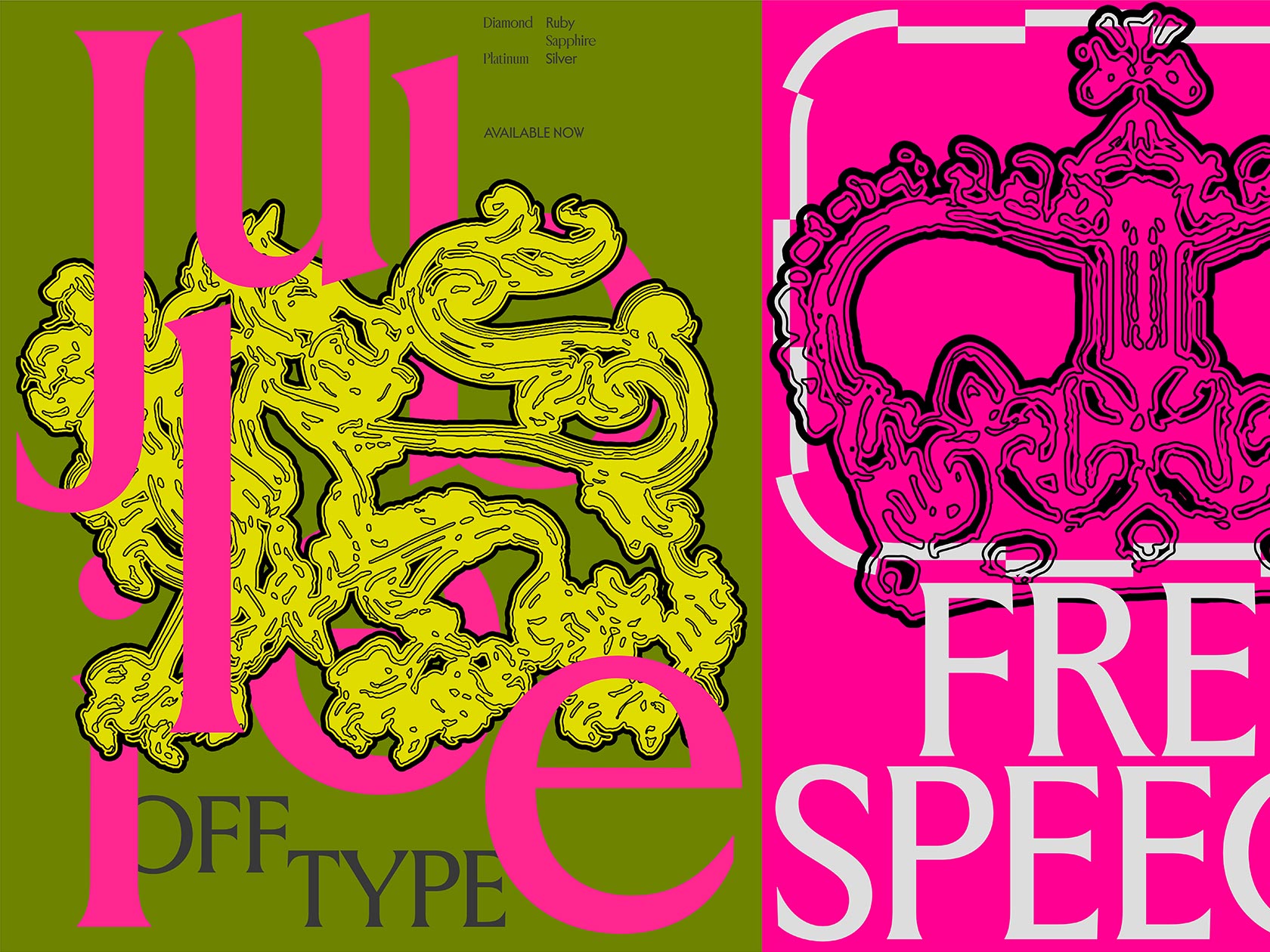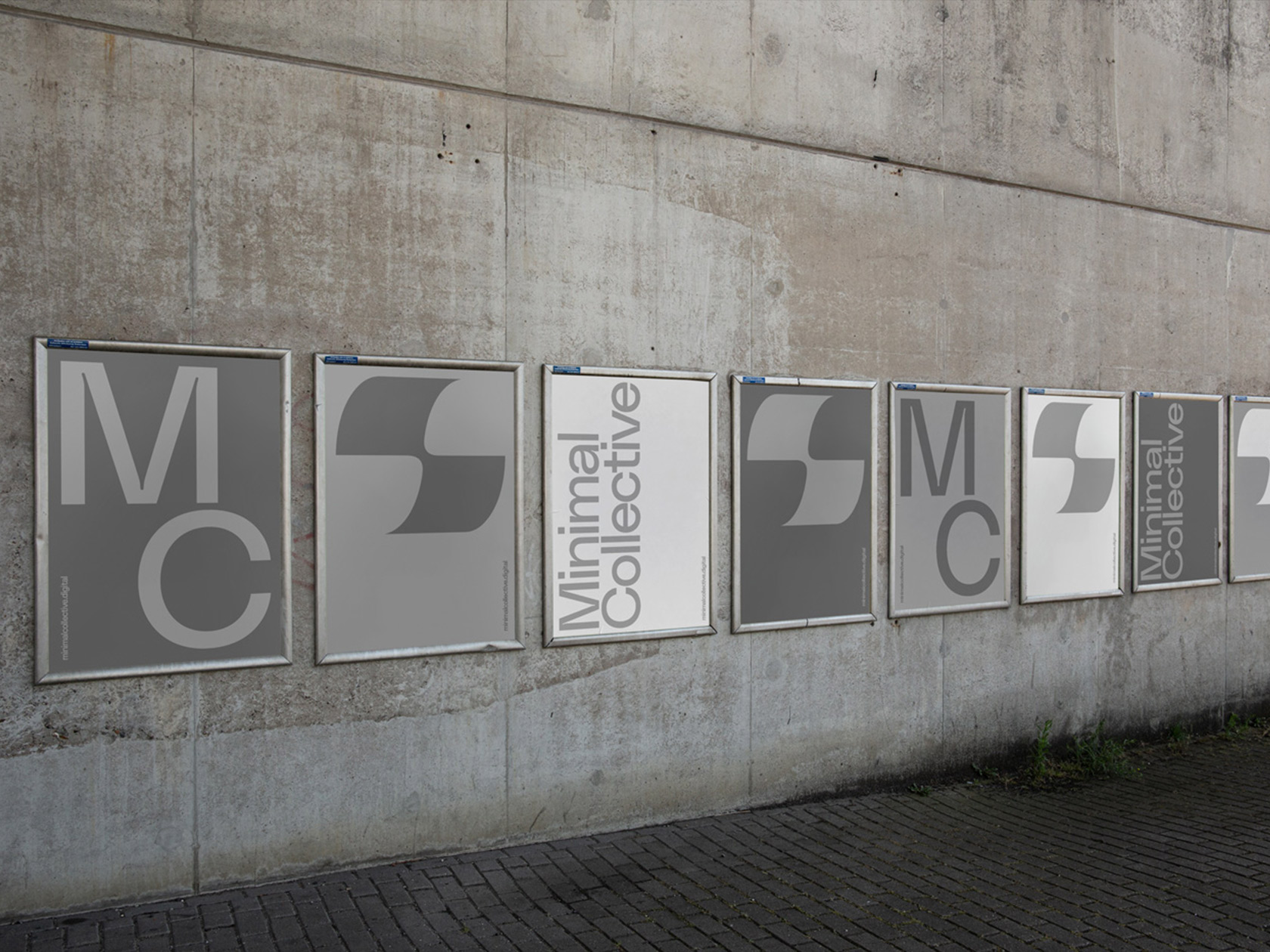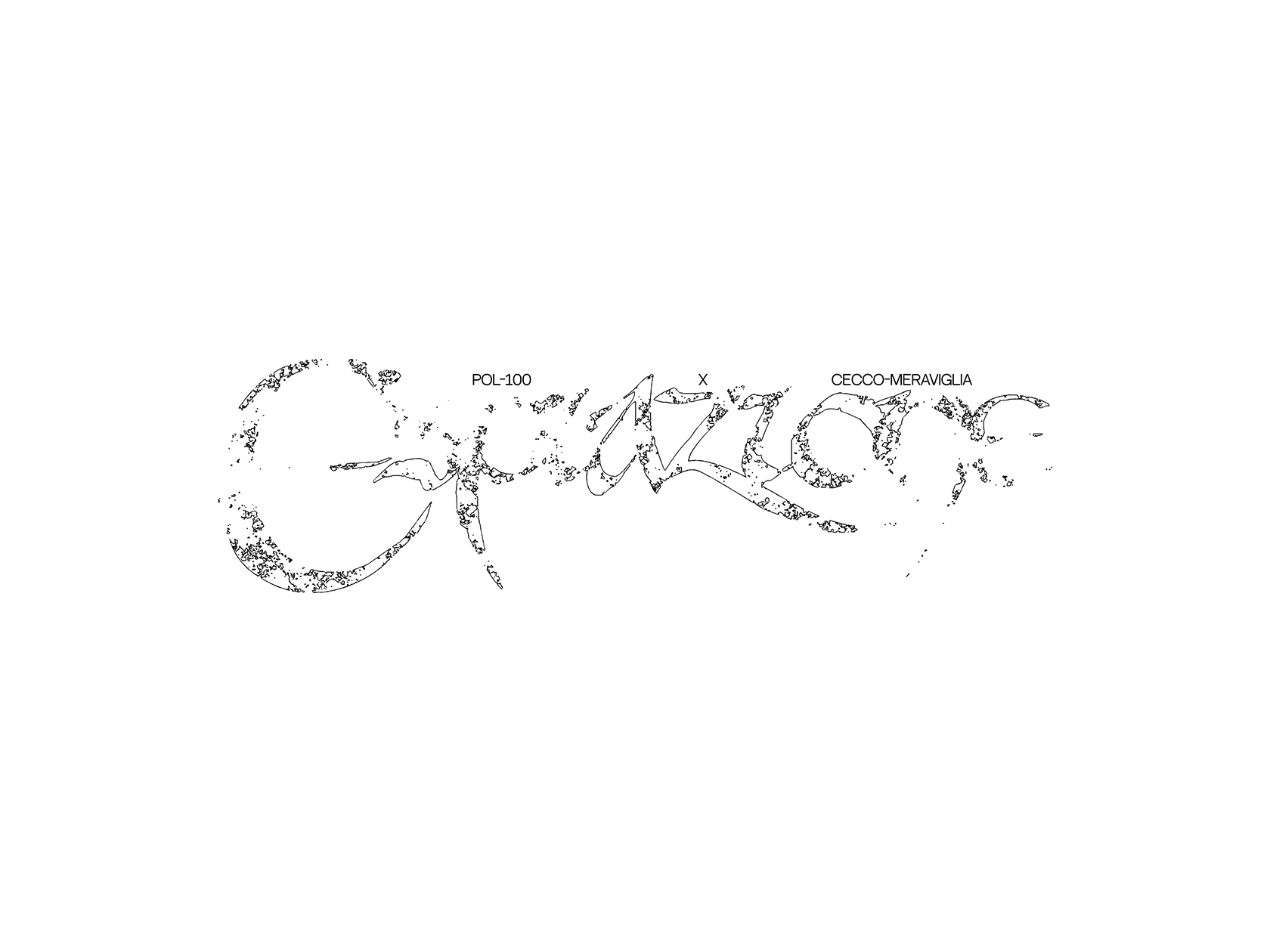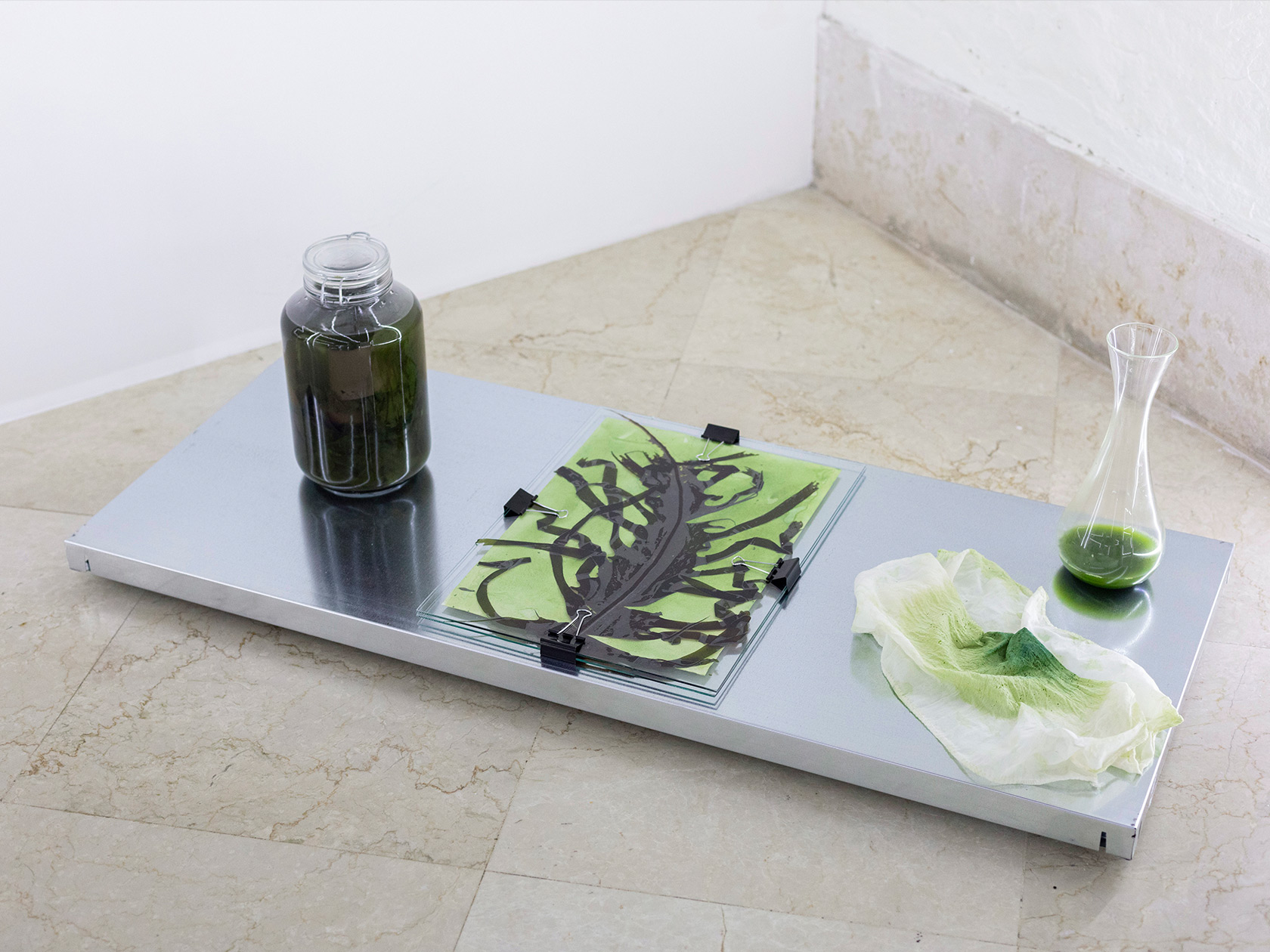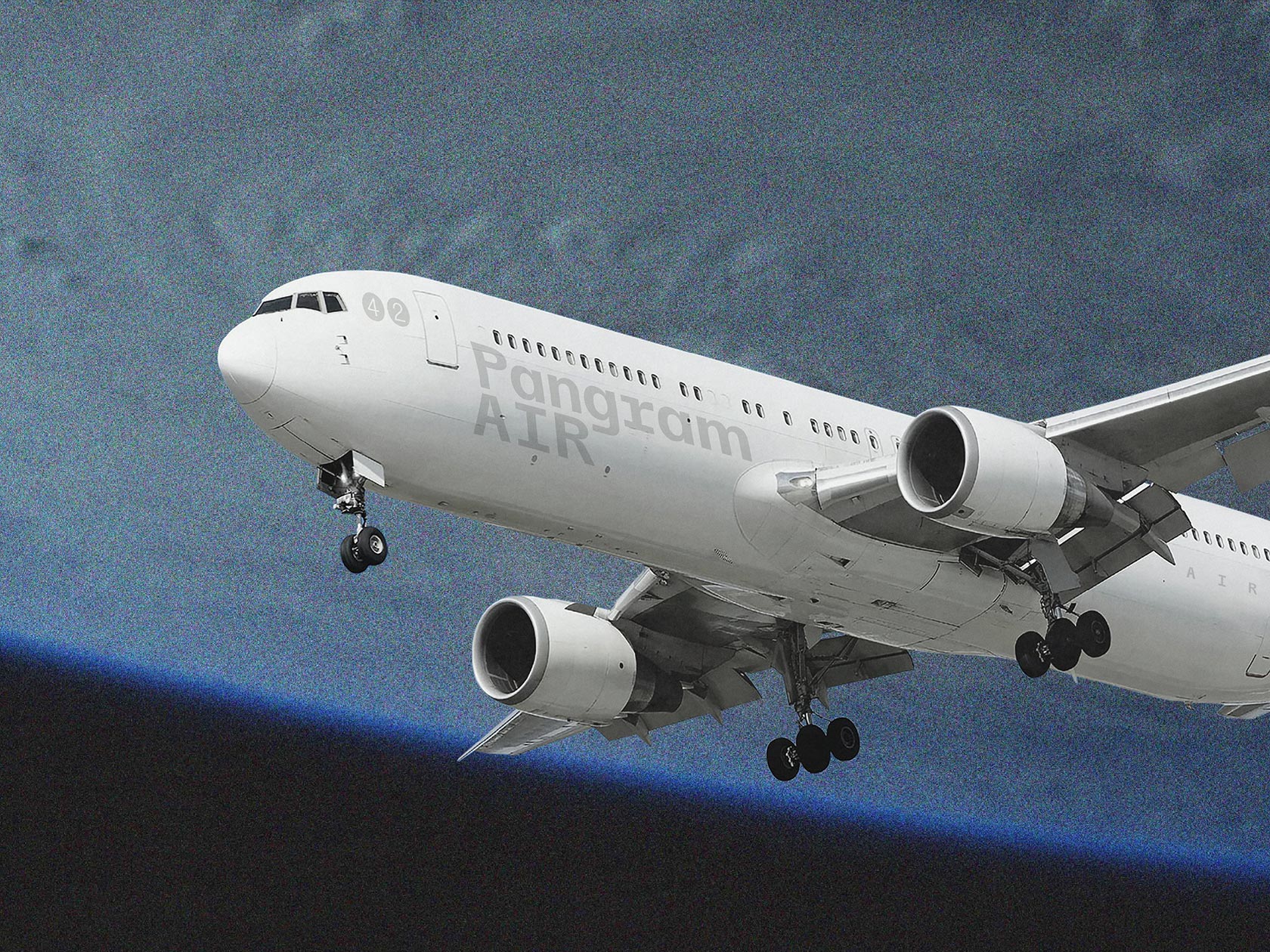If you have never been to the Cross Media Night at the University of the Arts Offenbach am Main, it is definitely worth a visit. The event series presents new works in the field of audiovisual performance, like animations, short films and video installations. Within the framework of this year’s event, the graphic designer Tobias Rauch created a moving image identity based on the sound of sound designer Zoé Mahlau. The project includes video content, such as trailers and animation loops, as well as static print elements. Playing with material and textures, the experimental identity kind of lures you into another world, a new electric macrocosmos.
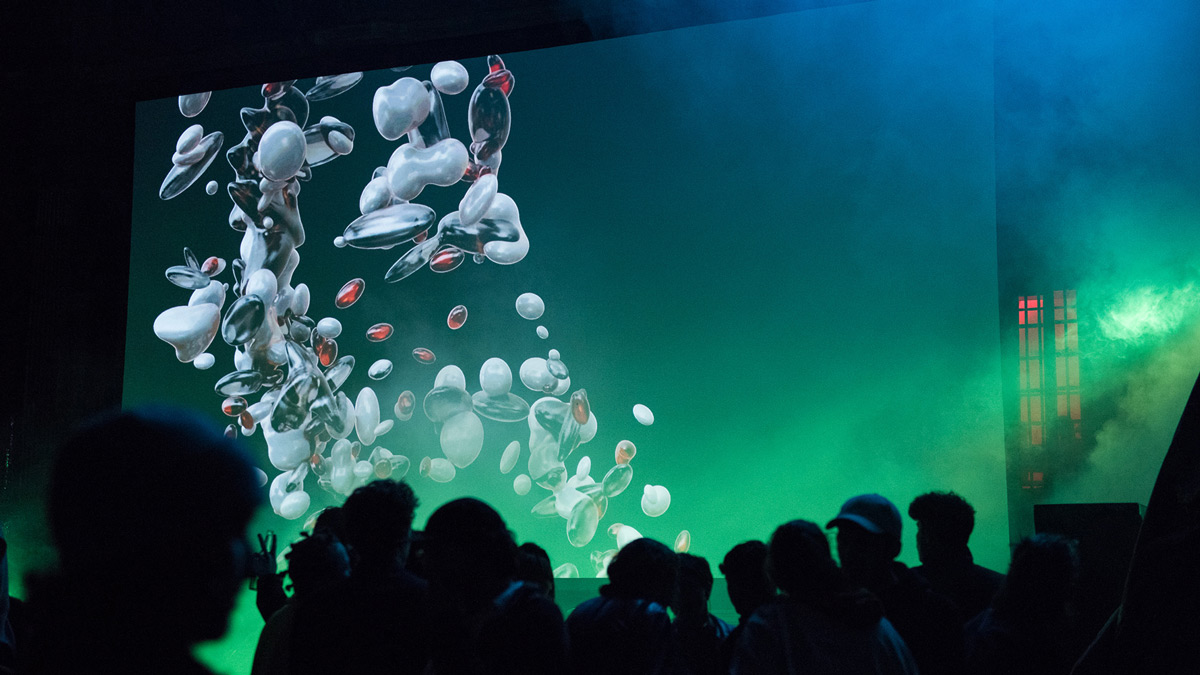
How would you describe your own design style?
Zoé Experimental.
Tobias I would describe my current style as very contrasty and hybrid-heavy – always trying to merge opposites along the ridge hike of readability.
Designing the identity of the Cross Media Night, Tobias was faced with the challenge that moving images were meant to play a bigger role than static media. The trailer for the event was supposed to be the heart and soul of the identity, in which sound design was of great importance. For that reason, he paired up with Zoé with whom he had studied electronic media at Alex Oppermann’s Class. After coming up with the idea to illustrate the history of the Cross Media Night through the trailer, Tobias worked on first animatics and visual sketches on whose basis Zoé would start experimenting with sound.

Where do you get your inspiration from?
Zoé I get inspiration from other artists like Max Richter, Nils Frahm or Ryuichi Sakamoto, as well as from my surrounding. I walk a lot during the day, mostly in more quiet places like fields and forests. So besides the city’s crowd, nature is a big source of inspiration too.
Tobias Music is my main source of inspiration. I immediately have pictures in my head, depending on the music I listen to. In addition, I have a large collection of books and digital archives on various topics that boost my creativity.
The world Tobias was trying to create was a new electric macrocosmos with different organisms developing in it. The trailer lets you slip into a new universe full of abstract, external, but aesthetically pleasing objects. The scene starts with small particles floating around in time and space and edging their way towards each other, interacting with the rhythm of the arcane sound. While melting into each other, they form a new swirling texture. After transforming again and again, they slowly develop into their own, futuristic cosmos. Building an X as a form of encounter of two opposing worlds in the final scene, illustrates the overall concept of the Cross Media Night. “In the beginning it was very hard for me to imagine how silent movements like flowing or floating should sound. But Zoé had the right instinct for all scenarios to breathe life into the images. This exceeded all my expectations. That’s why I have to say that our collaboration went very well and without any complications”, Tobias says. “The visuals wouldn’t work without sound either. So both areas benefit from each other. In my opinion, this is also the core of every collaboration: The result is unique and you would not be able to achieve a similar result on your own.”
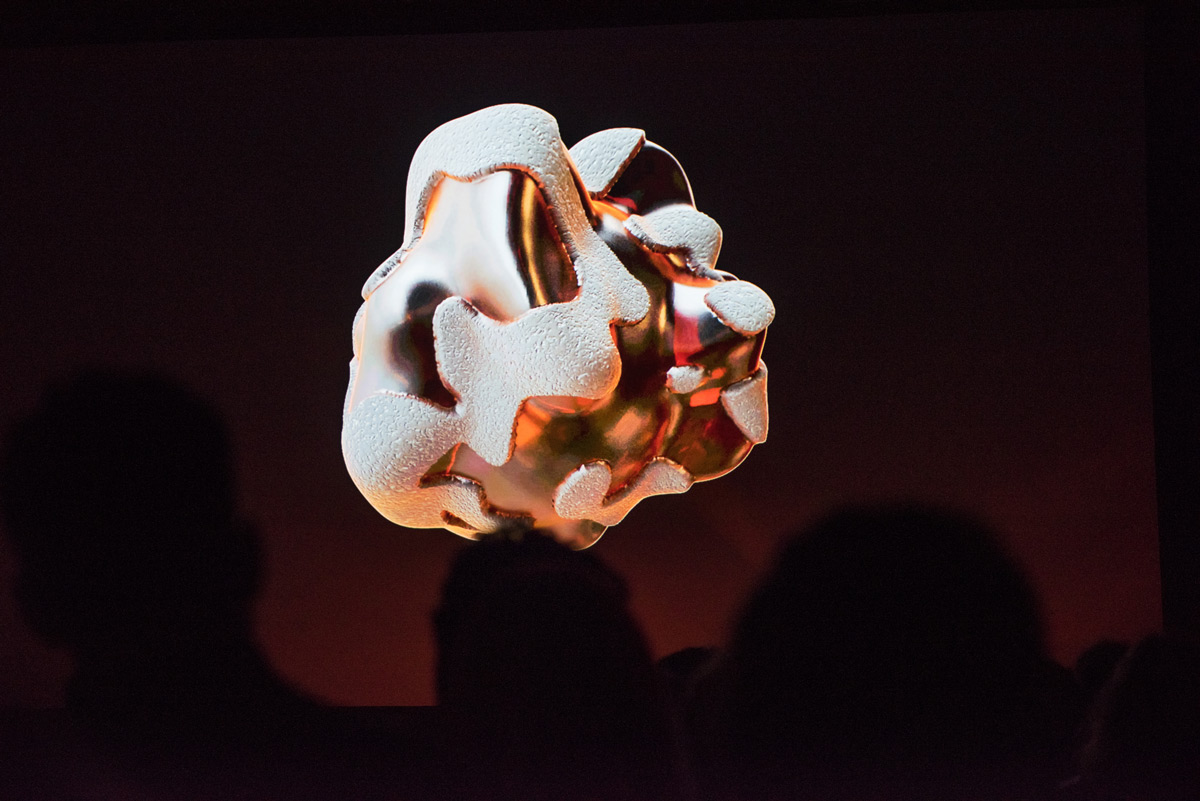
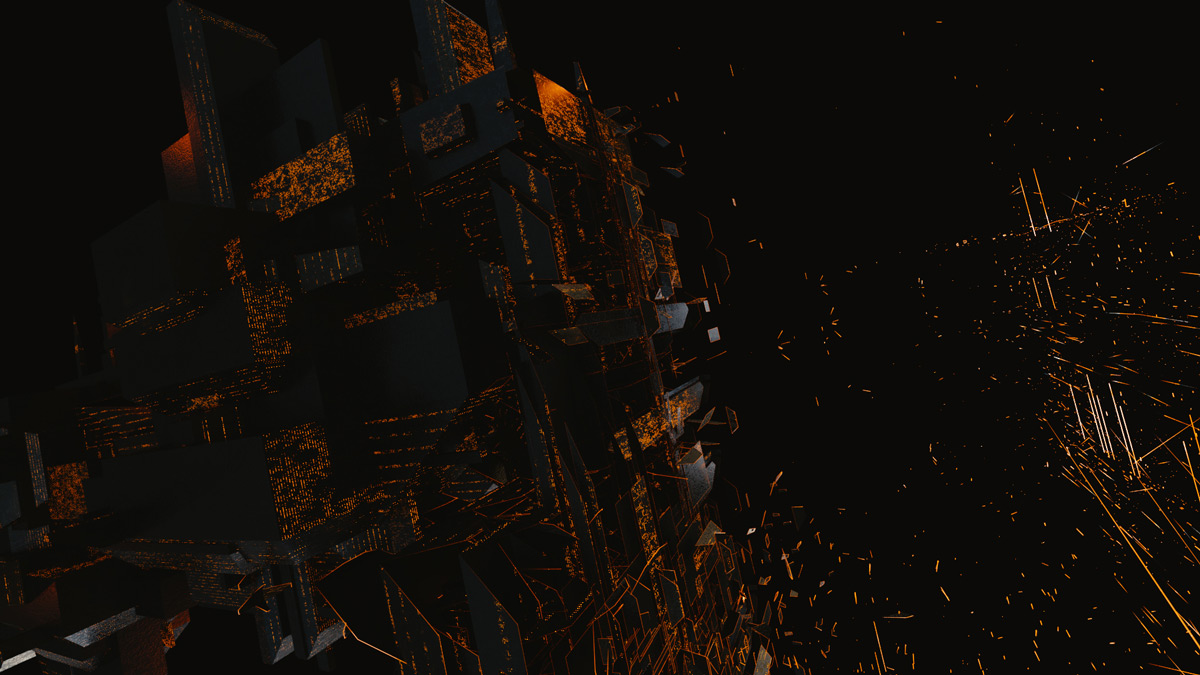
Where do you get your inspiration from?
Zoé I get inspiration from other artists like Max Richter, Nils Frahm or Ryuichi Sakamoto, as well as from my surrounding. I walk a lot during the day, mostly in more quiet places like fields and forests. So besides the city’s crowd, nature is a big source of inspiration too.
Tobias Music is my main source of inspiration. I immediately have pictures in my head, depending on the music I listen to. In addition, I have a large collection of books and digital archives on various topics that boost my creativity.
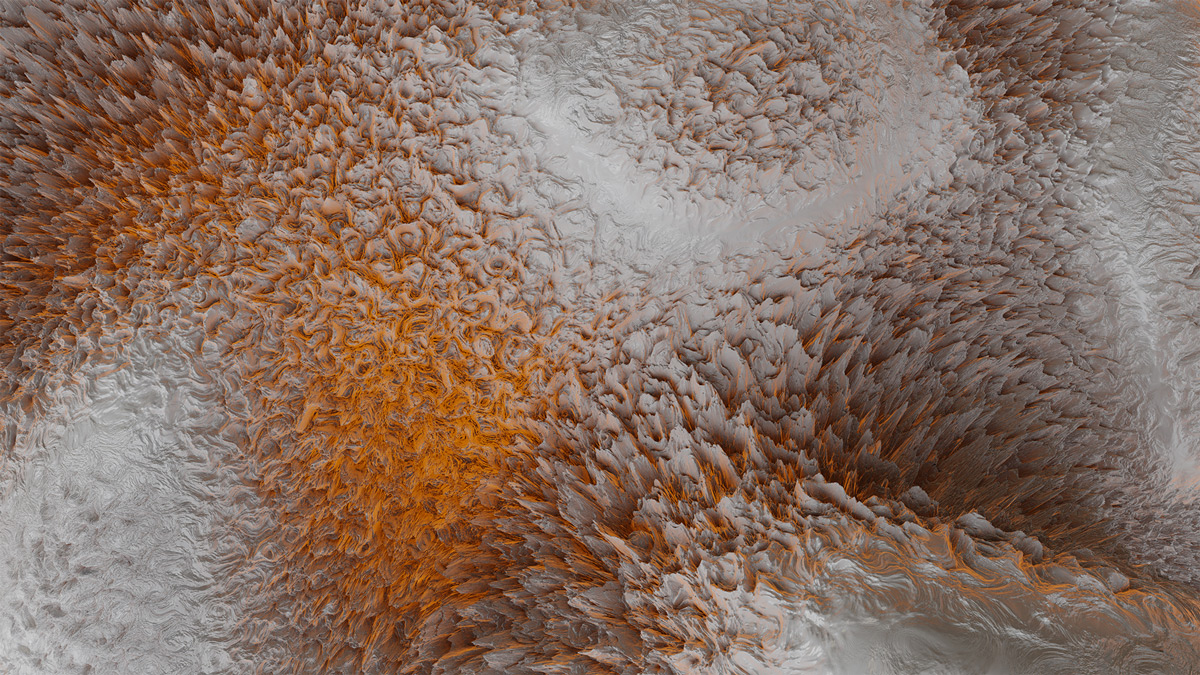
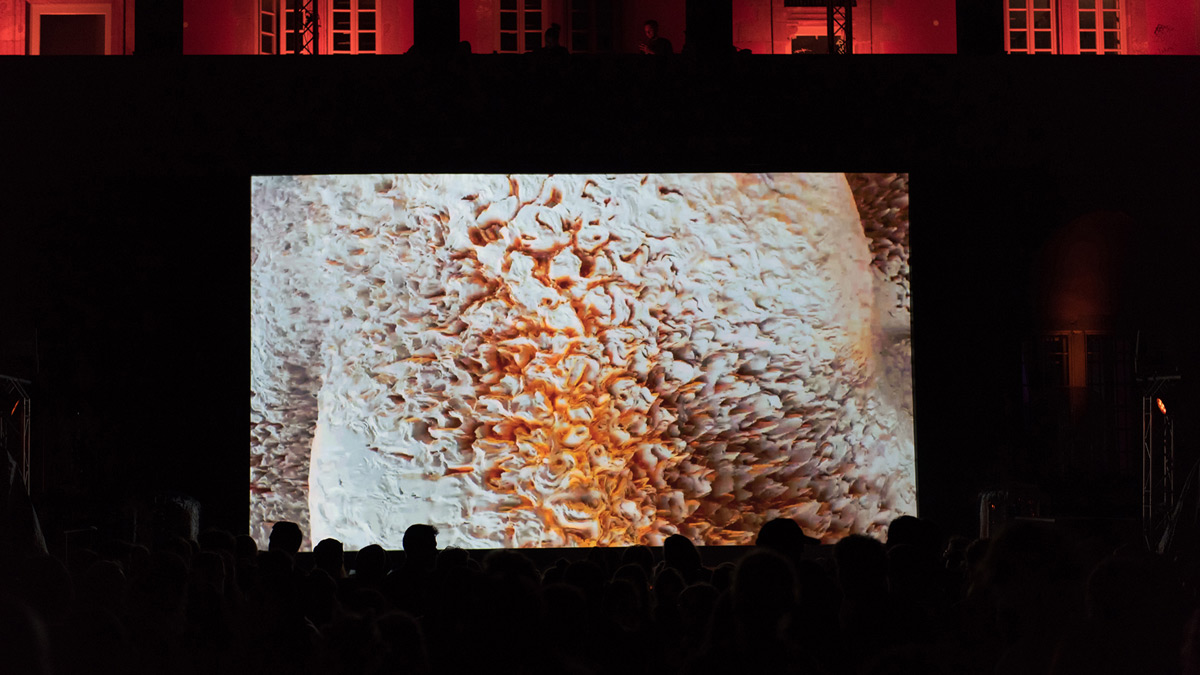
While Zoé comes form a small german town called Eppstein, Tobias was born and raised near Ingolstadt. They are both currently studying at the University of Arts Offenbach, better known as HfG Offenbach am Main. Over the last years Tobias started focusing on the interaction of electronic music, club culture and visual communication and has grown a strong interest for typography. “I constantly tried to reduce things to their essence – design with type is always closer to the core, because it contains the pure information and you have less the feeling of decoration”, the designer says. „Basically, I always think of my visual outcome as moving image. Even if I design static media like posters, for me they are excerpts from a movement. For me, working in the field of motion design is also a logical development of today’s graphic design. The tools and possibilities of technical progress allow us to communicate information more intensively.”
Zoé has a clear focus on sound design and has previously worked with motion designer Xi Luo on the “Praise of Shadows” project. “Working with sound for me is always a bit like fighting on the one hand and a total release of everything that’s going on on the other hand. What fascinates me is, that it’s either one extreme of the two. Sound keeps no distance, it’s instantly present. I think with my sound I always try to create an alternative world I can live in for a few moments. And because this world comes from myself I like not to use material from other sources but myself. With analogue sound sources I try always to make the sound feel more natural”, Zoé explains.
How has your city shaped you creative output?
Zoé Frankfurt influences my creative output by dragging me to fade itself out. I use music for that. It’s a narrow city. That’s why you also unwillingly get so close to sounds you then have to process. The city’s timbre is very intense. Consequently I can fully immerse in this world or hide in my own world of sounds.
Tobias In the two cities Nuremberg and Offenbach / Frankfurt, I can not see any direct relationship between the city and my visual output – rather the social environment, the friends and people who surround me, shape my own kind of creative workflow.
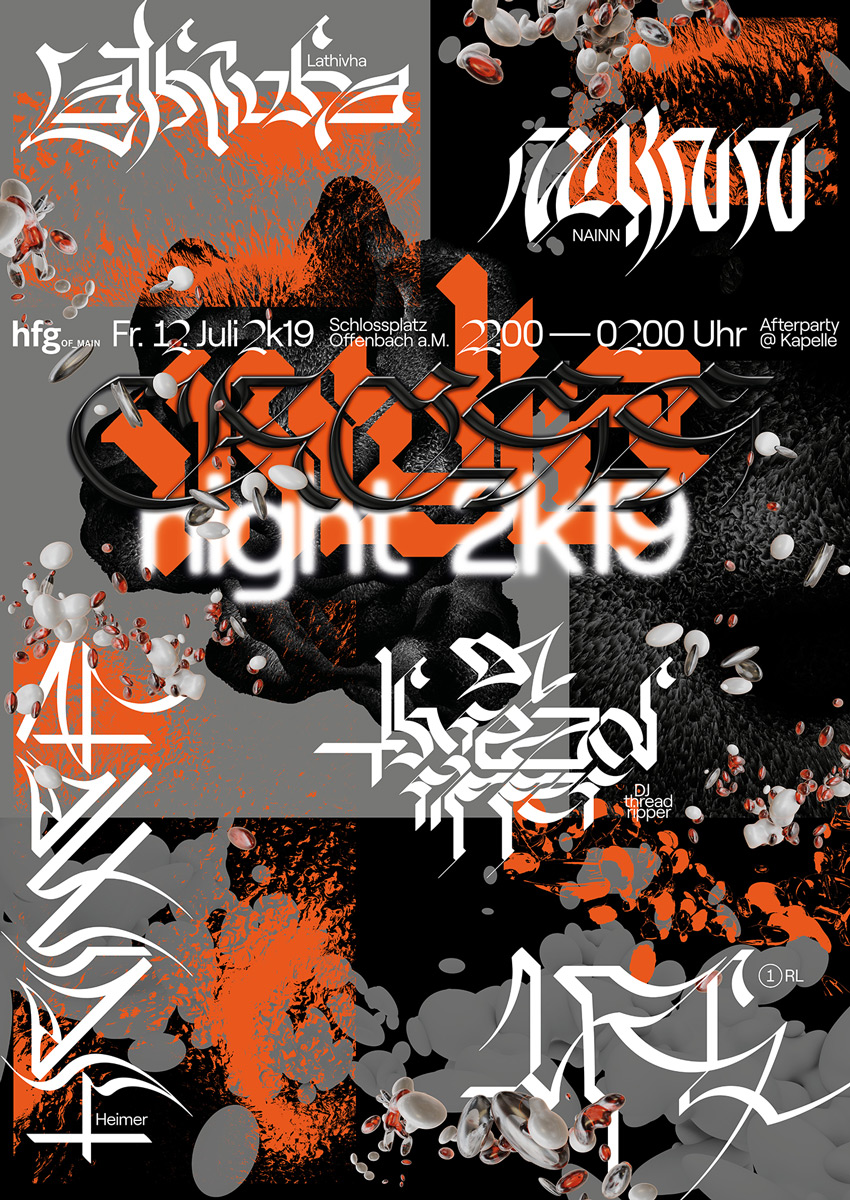
Do you think we should collaborate with each other more often? And why?
Zoé Yes, I think we should. But I also think, that collaborations should develop naturally, by accident or surprise. It can’t be forced. There has to be a certain energy that connects the artists or their disciplines and that drives the artist or somebody outstanding to the point where suddenly the idea of a collaboration pops up.
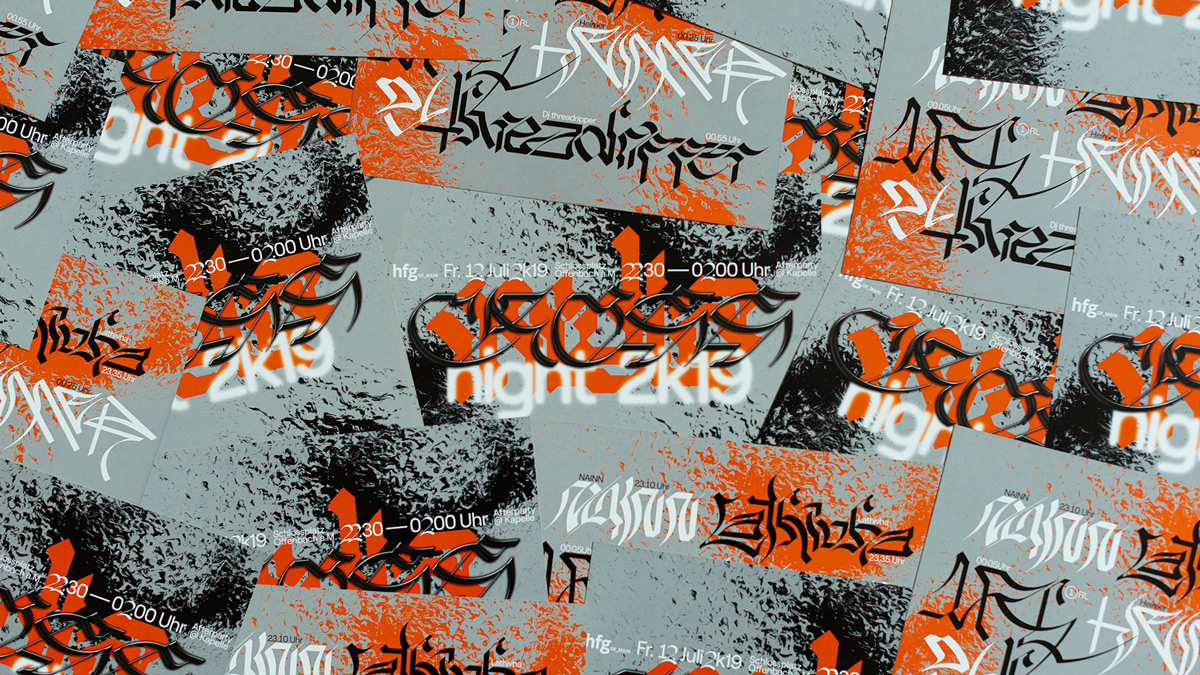
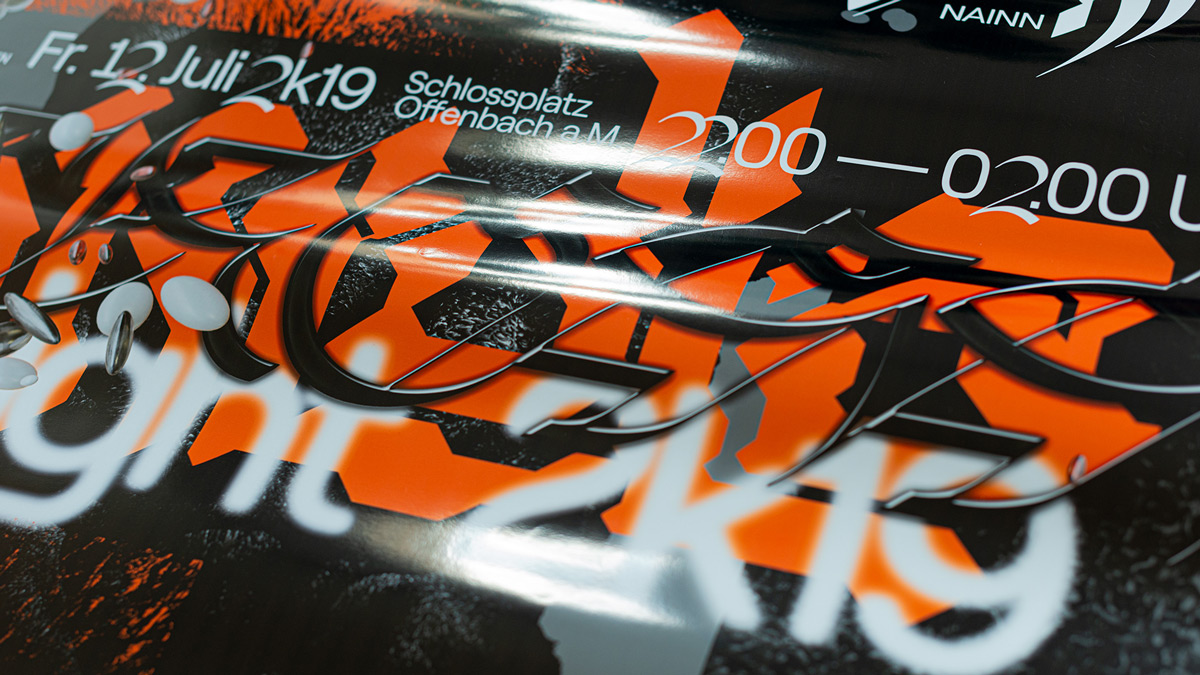
For both designers, collaborations are an important and essential part of their working process. “Working in a collaboration means to me to be open for the visions of one another. And so, to think further your own ideas. In our case, the sound was made for the visuals, so it does not stand for itself as a piece of music. Tobias’s new and fascinating visual world opened up a new field of sounds for me. This kind of intense exchange expands my own network of thinking. If you then get a result of two minds collaborating, it’s even better”, Zoé says. “I think collaborations are essential because you’re never an expert in all areas. So the project benefits from the knowledge of each individual. As Zoé said, it broadens your personal horizons”, Tobias adds. With regard to future collaborations, Zoé would like to start a collaboration with an instrument maker and Tobias would like to continue to work with artists and institutions in the field of electronic music and club culture.
Could you name any collaborative projects that has inspired you?
Zoé Carsten Nicolai X Ryuichi Sakamoto is the first collaboration that I can think of that inspires me. They first worked together around 2002, I think you could count that to the time before social media?
Do you think we should collaborate with each other more often? And why?
Zoé Yes, I think we should. But I also think, that collaborations should develop naturally, by accident or surprise. It can’t be forced. There has to be a certain energy that connects the artists or their disciplines and that drives the artist or somebody outstanding to the point where suddenly the idea of a collaboration pops up.

